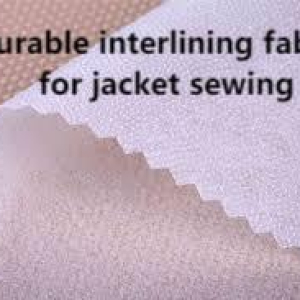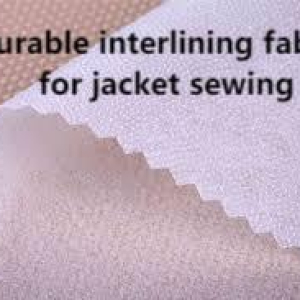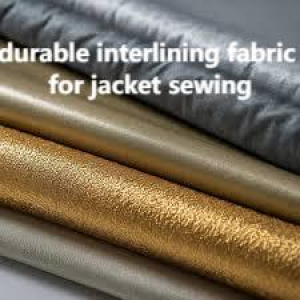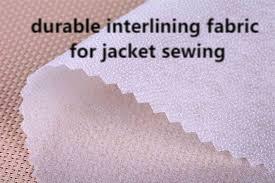In garment production, achieving the ideal combination of structure and comfort relies heavily on the use of Interlining to reinforce key areas without adding bulk. By integrating Interlining between outer fabrics and linings, designers can enhance drape, prevent distortion, and maintain sharp silhouettes. This hidden layer works behind the scenes to give collars crisp edges, waistbands lasting shape, and cuffs consistent support—ensuring that garments look tailored and perform as intended over time.
Defining Roles and Benefits of Support Layers
A support layer acts as the backbone of many clothing items, delivering stability where it’s most needed. Properly chosen materials can resist stretching and sagging, which is especially important for high‑stress zones like shirt collars or jacket lapels. Without this reinforcement, fabrics would lose their intended form after minimal wear or washing, undermining both aesthetic appeal and garment longevity.
Selecting the Right Material for Every Application
Support layers come in woven, non‑woven, and knitted variants, each offering unique characteristics. Woven options excel at maintaining shape under tension, while non‑wovens provide versatility for mass‑produced items through heat‑bonding techniques. Knitted alternatives bring elasticity, making them ideal for activewear and stretch fabrics that require both give and recovery.
Application Methods: Fusion vs. Stitching
There are two primary ways to attach support layers: fusible bonding and sew‑in methods. Heat‑activated adhesives offer rapid fabric adhesion without stitching marks, creating a smooth exterior finish. Conversely, sewn‑in layers allow for breathability and can be applied to heavyweight or delicate materials that might be damaged by heat. In some specialized designs, a hybrid approach yields optimal durability and flexibility.
Quality Control and Production Precision
Ensuring consistent performance demands rigorous testing at every production stage. Adhesion strength must be verified through peel tests, while wash resistance checks confirm that layers remain intact after laundering. Colorfastness, thermal stability, and moisture barrier evaluations further safeguard product reliability. Through close collaboration with textile mills, production teams fine‑tune bonding parameters and material blends to meet exacting standards.
Sustainability Trends in Support Layer Manufacturing
As environmental concerns grow, manufacturers are exploring recyclable fibers and low‑impact adhesives. Innovations like water‑based laminates and bio‑derived polymers reduce ecological footprints without sacrificing functionality. By adopting circular‑economy principles—where old garments can be deconstructed and materials repurposed—the industry moves toward more responsible production cycles.To learn more about how support layers transform garment quality and application methods, visit:
https://www.interlining-factory.com/news/what-is-interlining-types-applications-and-more.html






